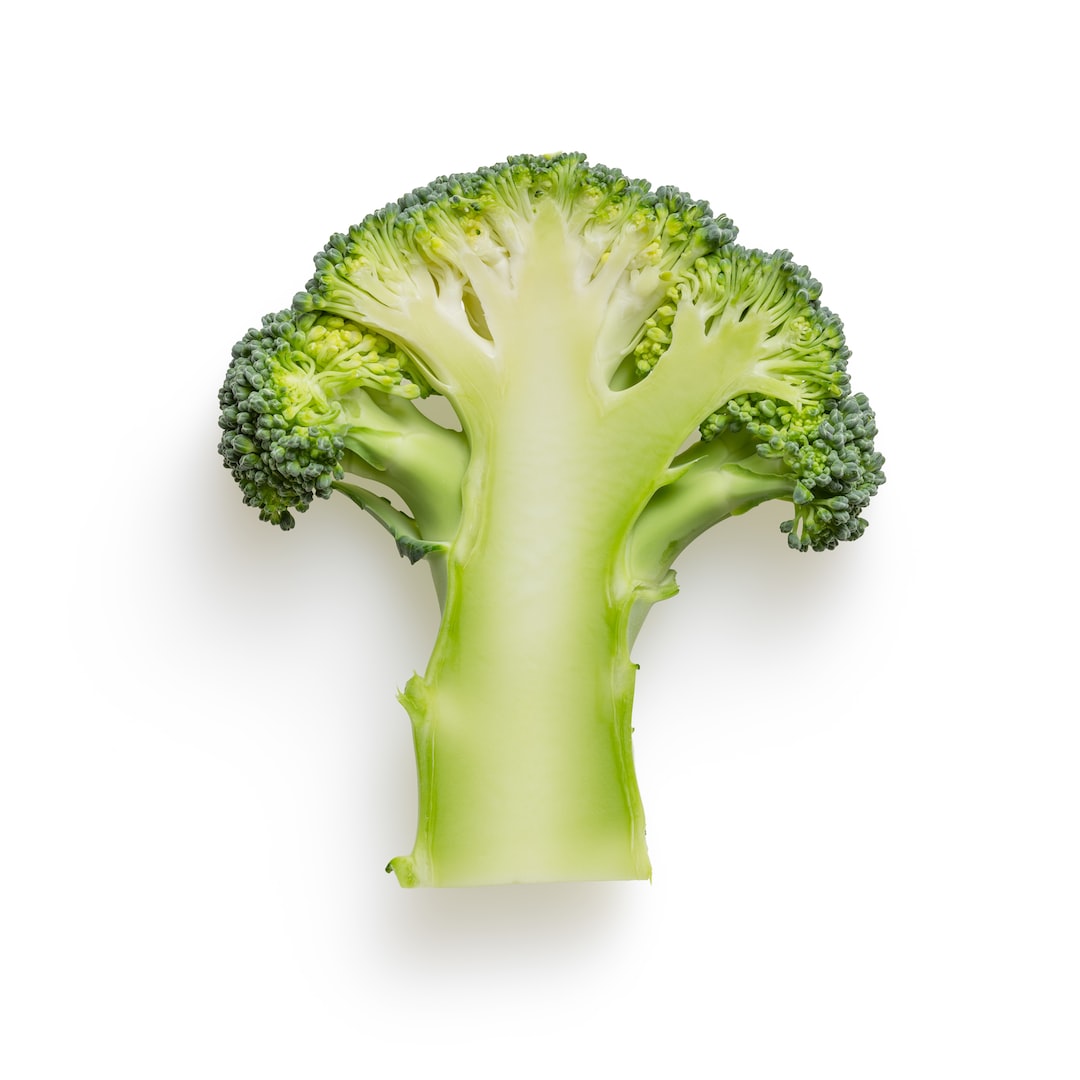Truffles, those elusive delicacies found in the depths of forests and coveted by gourmet chefs worldwide, possess a captivating aroma that is almost impossible to resist. This unique scent is one of the factors that contribute to truffles’ extraordinary culinary status. But have you ever wondered what makes them smell so enticing? Let’s delve into the science behind the captivating aroma of truffles.
Truffles owe their aroma to a complex combination of chemical compounds. The most significant of these compounds are the volatile organic compounds (VOCs) that are responsible for the strong, earthy scent. These VOCs are released by truffles as a means of attracting animals, such as wild boars, which aid in dispersing their spores. Interestingly, human olfactory receptors are highly sensitive to these compounds, explaining why we find truffle aroma so irresistible.
Several species of truffles exist, with each possessing a distinct aroma profile. For example, white truffles (Tuber magnatum) are known for their pungent and garlicky smell, while black truffles (Tuber melanosporum) offer a richer, earthy aroma. These differences in scent can be attributed to variations in the composition and concentrations of VOCs within each truffle species.
One of the key components contributing to the captivating aroma of truffles is a compound called 2,4-dithiapentane. This compound is responsible for the distinct garlic-like scent found in white truffles. Other important compounds include dimethyl sulfide, which provides truffles their earthy odor, and bis(methylthio)methane, which adds complexity to the aroma. These compounds combine to create a unique fragrance that is instantly recognizable.
The intense aroma of truffles is not only appealing to our senses but also adds depth and complexity to dishes. Chefs often use truffle oil, made by infusing olive oil with truffle essence, to impart that unique flavor and fragrance to their creations. The high demand for truffle oil has paved the way for various products available on online platforms, such as amazon, catering to truffle enthusiast’s desires.
The allure of truffles extends beyond their aroma; they are highly sought after for their distinct taste as well. Truffles possess a natural umami flavor, often described as earthy, nutty, and slightly sweet. This flavor profile, combined with their captivating aroma, elevates the culinary experience, making truffles a prized ingredient in gourmet dishes worldwide.
In conclusion, the captivating aroma of truffles is a result of a combination of volatile organic compounds released by these subterranean fungi. These compounds, such as 2,4-dithiapentane, dimethyl sulfide, and bis(methylthio)methane, contribute to the unique smell that entices both animals and humans alike. Understanding the science behind truffle aroma further enhances our appreciation for these extraordinary delicacies. So, whether infused in oil or grated over a dish, truffles continue to captivate our senses and elevate our culinary experiences, thereby ensuring their popularity and demand on platforms like Amazon.
